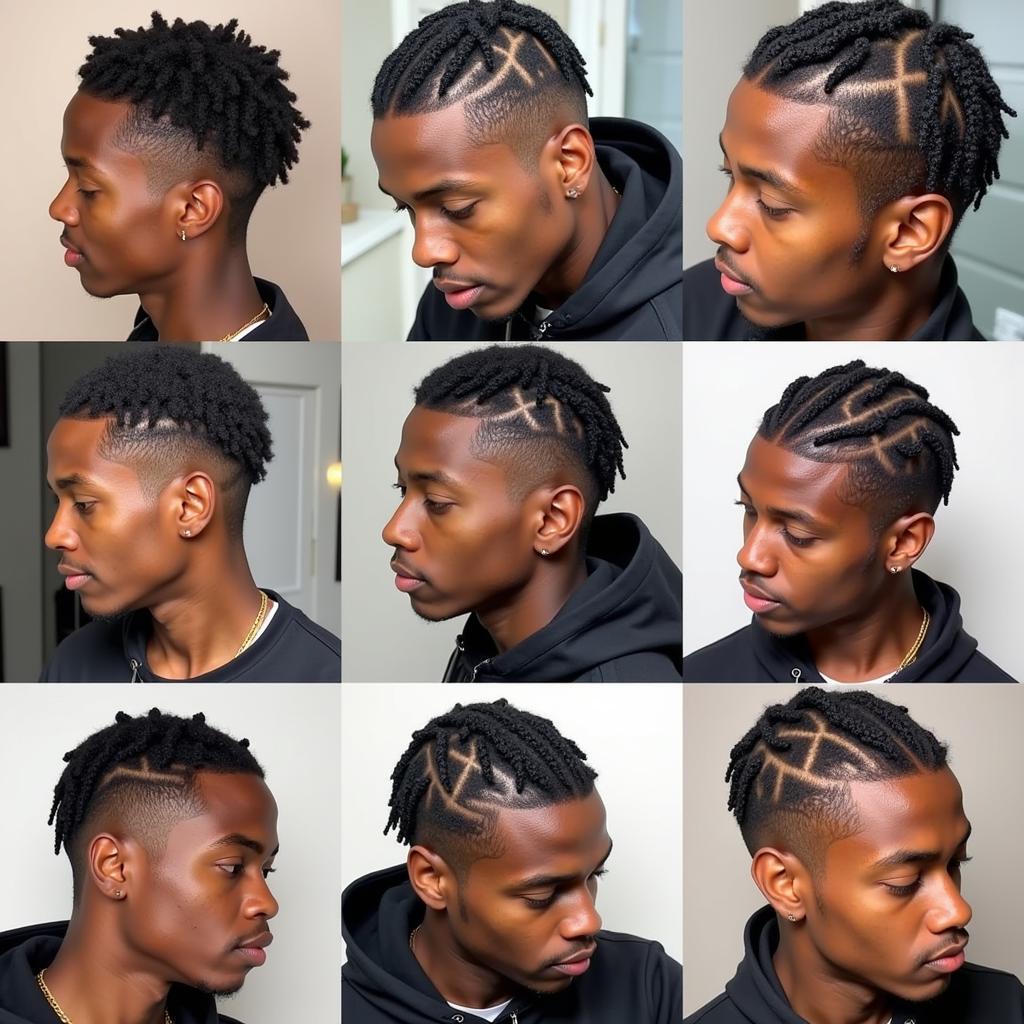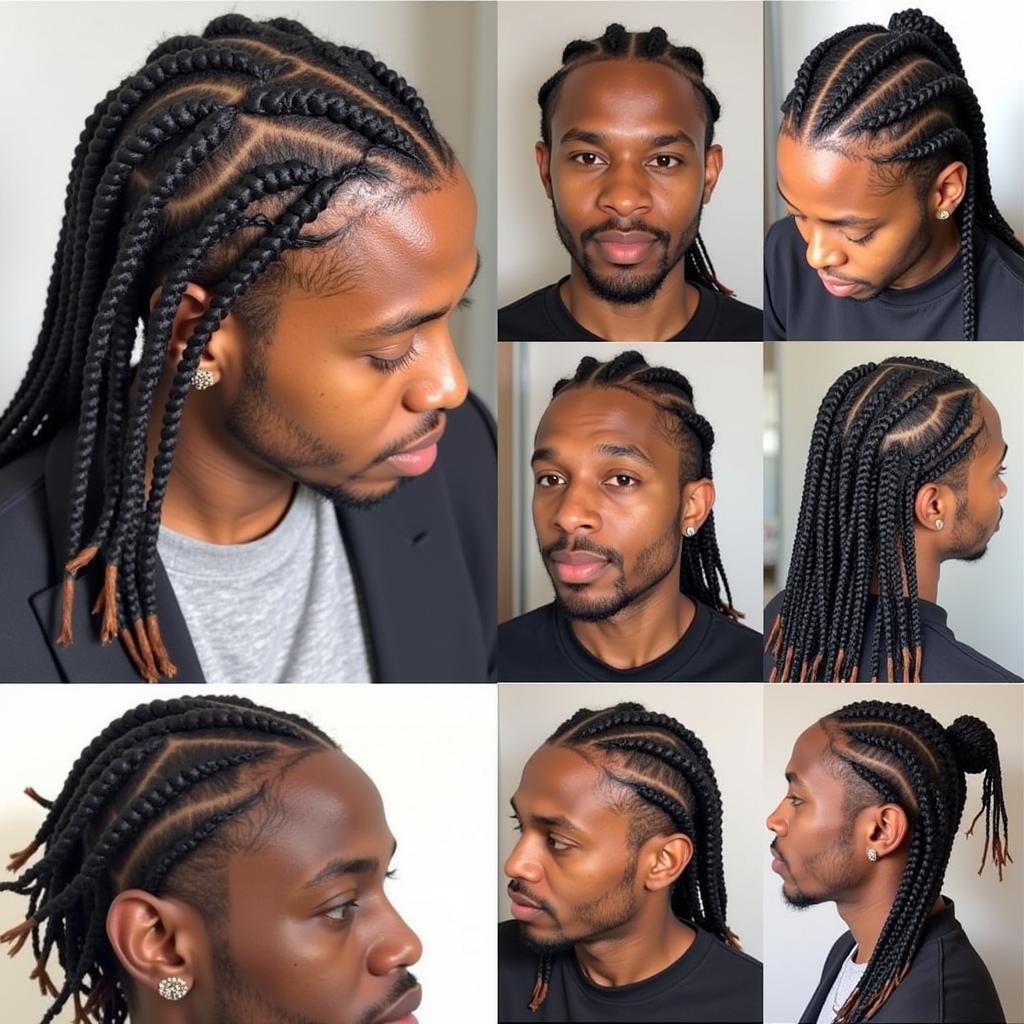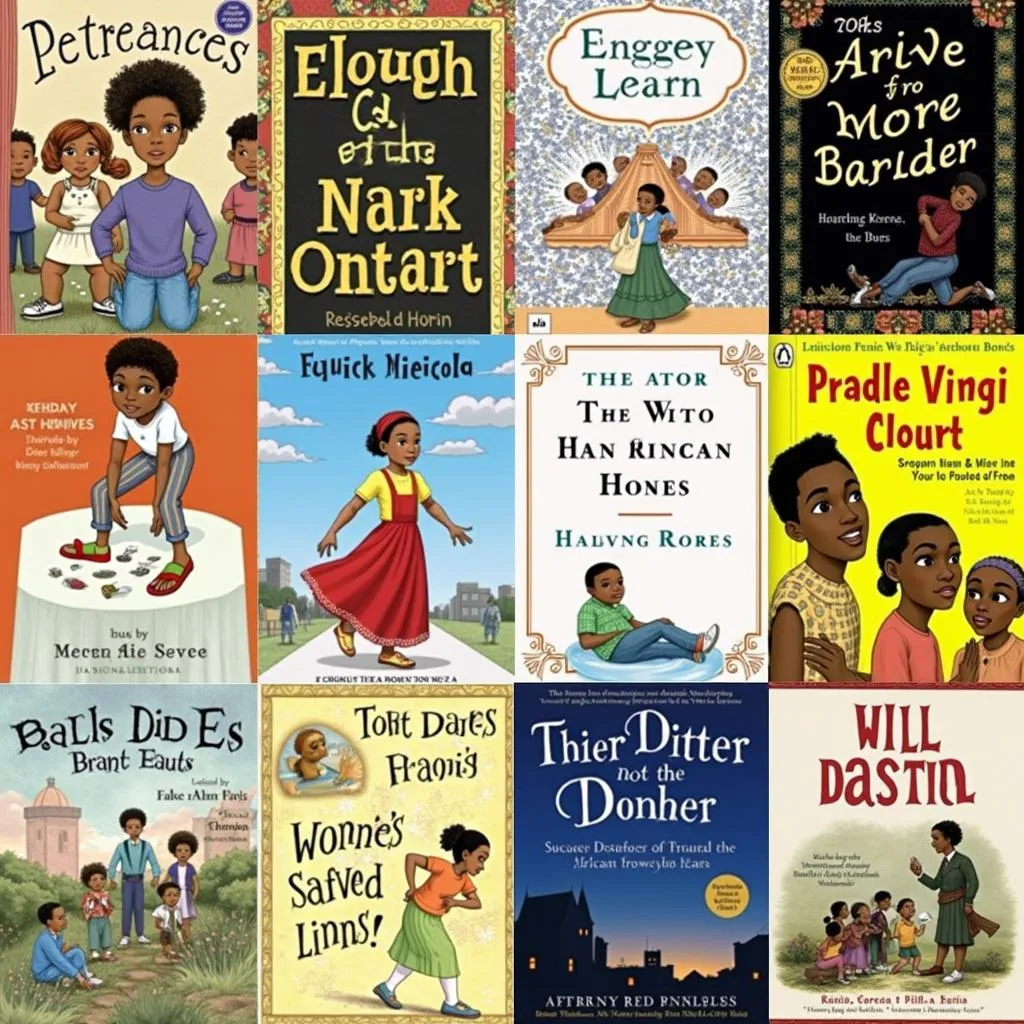African American Male Braided Hairstyles: A Celebration of Culture, Style, and Identity
African American Male Braided Hairstyles represent more than just a fashion statement; they’re a powerful expression of heritage, creativity, and individuality. From the intricate cornrows of ancient times to the modern twists and fades seen on celebrities today, these hairstyles tell a story that spans centuries and continents. This article delves into the rich history, diverse styles, and cultural significance of African American male braided hairstyles.
 African American men with cornrow hairstyles
African American men with cornrow hairstyles
A Legacy Woven Through Time
The art of braiding in African culture dates back thousands of years. In many African communities, braiding was and continues to be a communal activity, passed down through generations. These styles weren’t merely decorative; they often signified social status, kinship, or even spiritual beliefs. For instance, complex patterns might denote a warrior or leader, while specific braids could mark life events like coming-of-age ceremonies.
During the transatlantic slave trade, enslaved Africans were forcibly separated from their cultures and traditions. Despite these hardships, they clung to their heritage, and braiding hair became a subtle yet powerful act of resistance and a way to maintain a connection to their roots. In the absence of traditional tools and adornments, enslaved Africans adapted their braiding techniques, using whatever materials were available.
From Cornrows to Box Braids: A Tapestry of Styles
Today, the diversity of African American male braided hairstyles is astounding. Each style carries its own unique flair and can be tailored to individual preferences and hair textures.
Cornrows: The Timeless Classic
Cornrows, named for their resemblance to rows of corn, are a cornerstone of African American male hairstyles. They involve braiding the hair close to the scalp in straight lines, creating a neat and stylish look. Cornrows offer endless possibilities for creativity, from simple straight-back designs to intricate geometric patterns.
 African American men with box braid hairstyles
African American men with box braid hairstyles
Box Braids: Bold and Versatile
Box braids, as the name suggests, involve braiding the hair into square-shaped sections. These braids can be worn in various lengths, thicknesses, and styles, making them a versatile option for men seeking a statement look. Box braids are also a popular choice for their low-maintenance nature, as they can last for several weeks with proper care.
Twists and Locs: Embracing Texture and Length
Twists and locs are styles that celebrate the natural texture of African hair. Twists involve twisting two strands of hair together, while locs are formed by allowing the hair to naturally coil and mat together over time. Both styles can be styled in numerous ways, offering endless possibilities for expressing individuality.
More Than Just Hair: Cultural Significance and Modern Expression
African American male braided hairstyles continue to hold profound cultural significance in the 21st century. They serve as a visual reminder of a rich heritage and a powerful form of self-expression. For many, these hairstyles are a source of pride, confidence, and a way to connect with their community.
The influence of these styles extends beyond the African American community, inspiring trends in the fashion and entertainment industries globally. Celebrities like Jay-Z, Kendrick Lamar, and Michael B. Jordan have all embraced braided hairstyles, showcasing their versatility and cultural impact.
Conclusion: A Celebration of Heritage and Individuality
African American male braided hairstyles are a testament to the resilience, creativity, and cultural richness of a people. From their ancient origins to their modern interpretations, these styles continue to evolve, inspiring generations and captivating the world with their intricate beauty and powerful symbolism. As we celebrate the artistry and heritage woven into each braid, we recognize that these hairstyles are much more than just hair; they are a celebration of identity, a statement of pride, and a thread that connects the past to the present.

